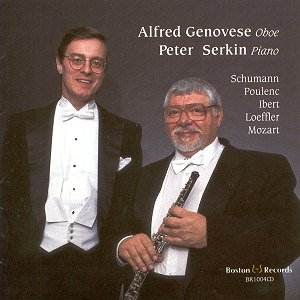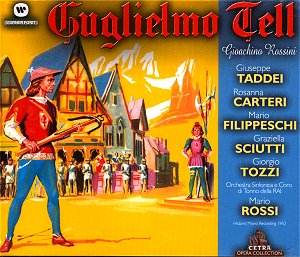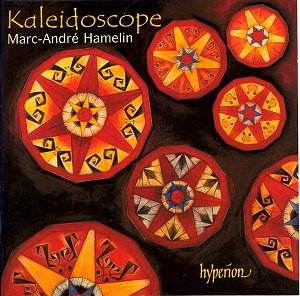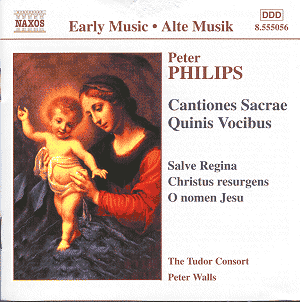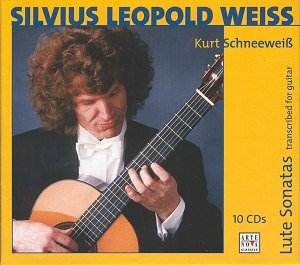 Composer: Silvius Leopold Weiss
Composer: Silvius Leopold Weiss
Works: Lute Sonatas transcribed for guitar
Performers: Kurt Schneeweiß (guitar)
Recording: ARTE NOVA CLASSICS 74321 77063 2
Label: NAXOS
The music of Silvius Leopold Weiss, a contemporary of J.S. Bach and a master lutenist, occupies a unique niche in the baroque canon. Weiss’s lute sonatas, rich in melodic invention and intricate counterpoint, reflect the sophistication of the late baroque style. His works have often been overshadowed by those of his more famous contemporaries, yet they offer a wealth of musical depth that rewards diligent exploration. The transcription of these sonatas for guitar, as attempted by Kurt Schneeweiß, presents an intriguing yet challenging endeavor, as the two instruments, while both fretted, possess distinct tonal qualities and expressive capabilities.
Schneeweiß’s interpretation is marked by a strikingly free approach to the music, which often veers into the territory of improvisation rather than adhering to the established dance forms that are central to Weiss’s compositions. In the opening of the Sonata No. 4 in G major, for instance, Schneeweiß introduces an unorthodox “Introduction” of his own making, a choice that disrupts the formal structure and context of Weiss’s work. This tendency to prioritize personal expression over the inherent rhythmic and formal characteristics of the sonatas leads to performances that feel directionless. The Ciacconna from Sonata No. 6, which should resonate with a grounded pulse, instead drifts aimlessly, lacking the robust foundation typically associated with this baroque form.
Technical execution also raises concerns. While Schneeweiß undoubtedly possesses the technical proficiency required to navigate Weiss’s intricate passages, his delivery often lacks the clarity and precision necessary to convey the music’s character. The absence of a defined rhythmic pulse in movements such as the Menuet in A minor diminishes the dance-like quality that defines baroque music. Furthermore, Schneeweiß’s occasional disregard for the established tempos—where an allemande should convey a reflective grace, and a gigue a spirited energy—results in an uneven interpretative landscape that fails to differentiate the character of individual sonatas.
The recording quality is competent, capturing the warmth of the guitar and the nuances of Schneeweiß’s playing, yet the engineering does not compensate for the interpretative shortcomings. There are moments of untidy editing, which further detract from the listening experience, as transitions between movements lack the smoothness that one would expect from a polished performance. This is particularly evident in the final chords, which Schneeweiß sometimes delivers with a palpable sense of relief rather than the intended resolution.
In terms of comparison, the current offering of Weiss’s sonatas falls short against other recordings that present the works with greater fidelity to their original intent. The Naxos label, for instance, features Robert Barto’s interpretations on the baroque lute, which illuminate the subtleties and nuances of Weiss’s music far more effectively. Barto’s performances capture the essence of the lute’s voice, showcasing its lyrical qualities and textural depth, which Schneeweiß’s guitar transcriptions struggle to convey.
Kurt Schneeweiß’s ambitious project to transcribe and perform the lute sonatas of Weiss ultimately does not fulfill the potential of these exquisite works. The lack of rhythmic rigor, interpretative clarity, and technical precision undermines the rich legacy that Weiss has left for posterity. As listeners, we are left yearning for a more faithful and vibrant realization of Weiss’s music, one that honors its baroque origins and speaks with the eloquence that this remarkable composer deserves.
